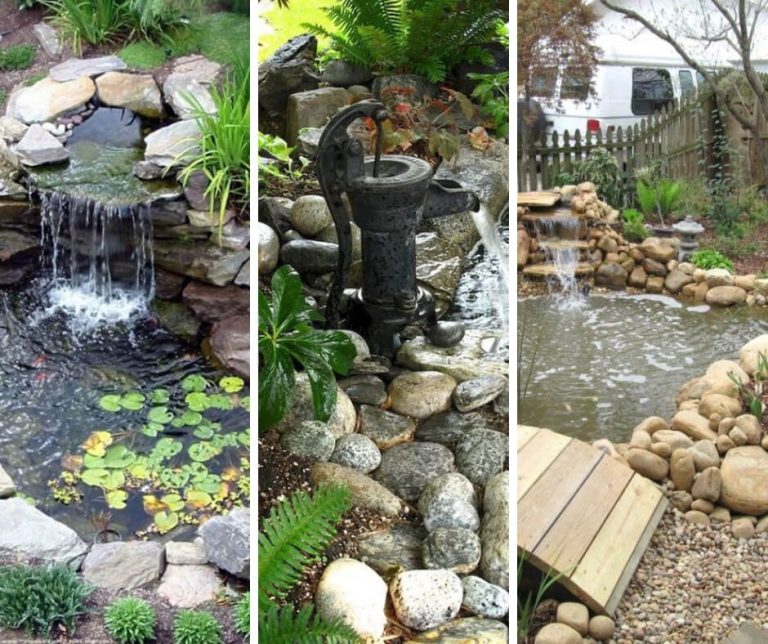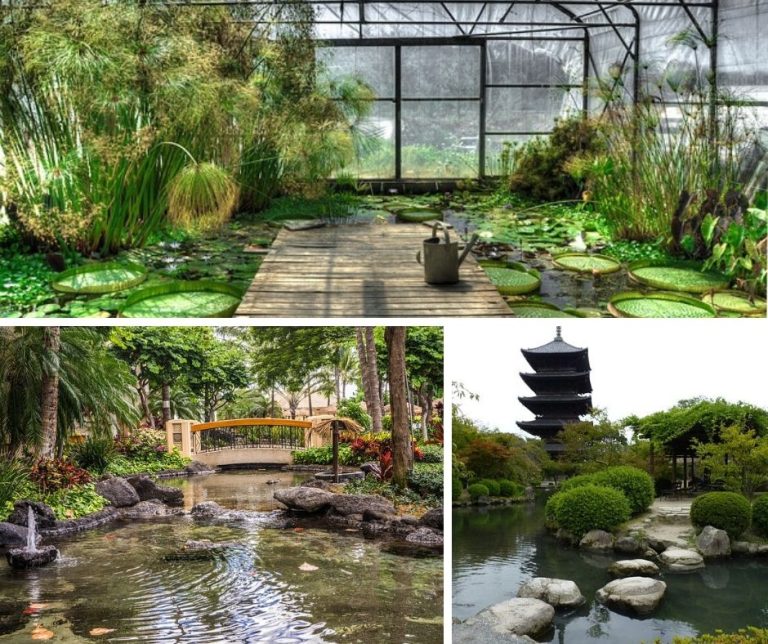9 Best Indoor Plants Reducing Your Stress
Are you constantly worried about work, school, or any other responsibilities in life? If you are, you should try to make some changes in your home. You see, stress relievers can come in the form of small indoor plants. These plants can clean the air around your house. Plus, they are quite relaxing to stare at if you’ve been glued to the screen all day in the office. Check out the 9 best indoor plants reducing your stress below.
1. Peace Lily
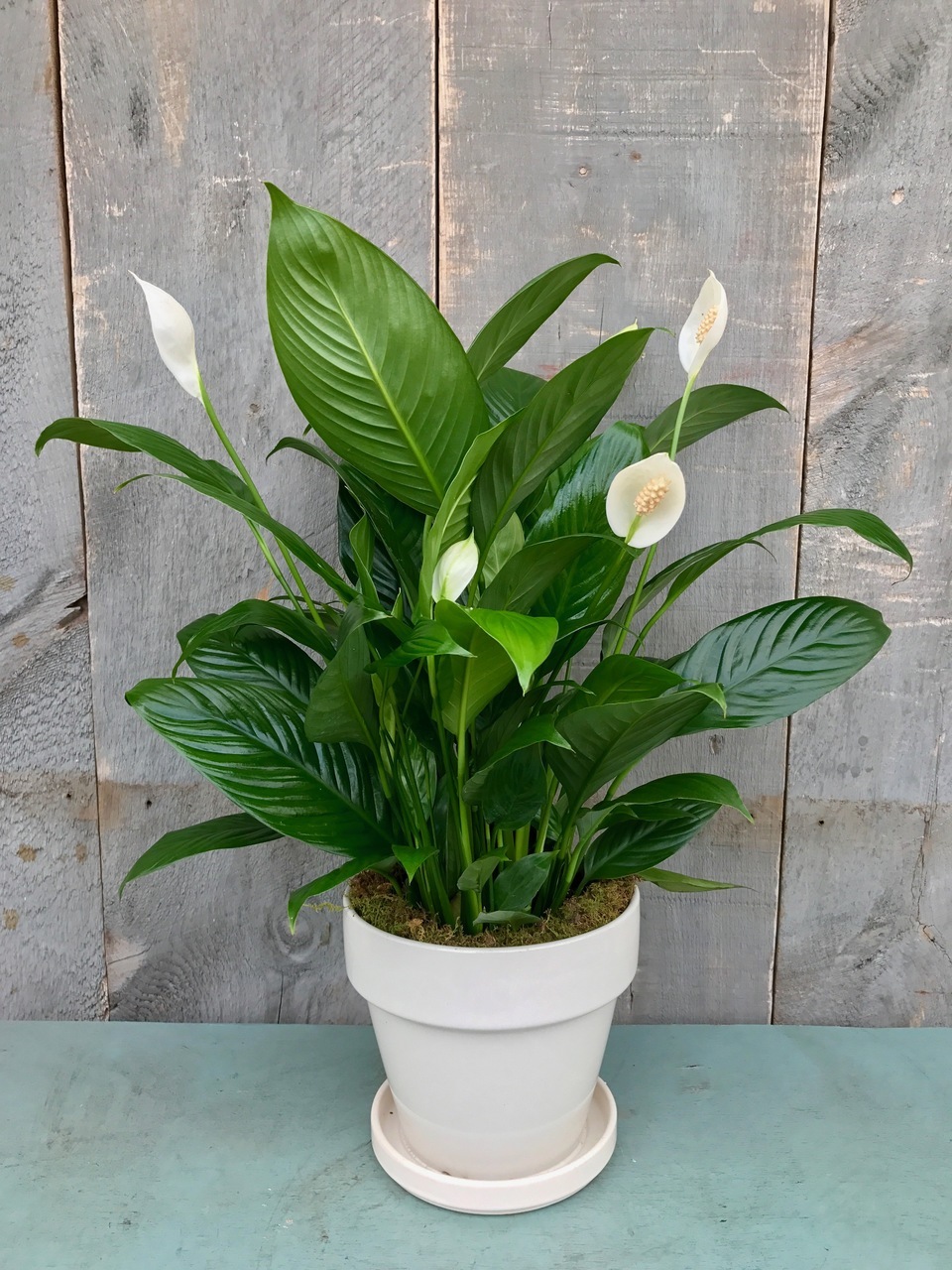
Peace lilies are a popular choice not only for their pretty white flowers but also for how effective they are in cleaning the air. These small plants can get rid of carbon monoxide, benzene, and even formaldehyde in your home. Flowers begin to appear in summer and they will bloom until the end of the year. Grow them in well-draining potting soil and transfer them to a bigger pot once they become larger.
2. Golden Pothos
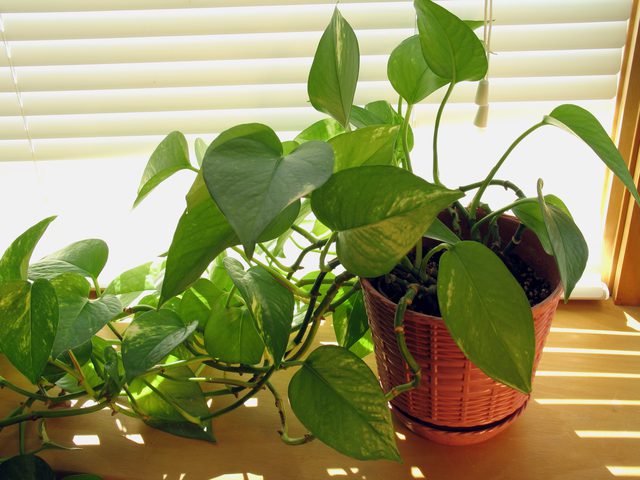
These stress-relieving indoor plants can grow whether they receive partial or full sunlight. Their foliage is a mixture of green and yellow, which are pleasing to the eyes. Keep the potting soil moist but try not to provide too much water, especially since these plants have shallow roots. Likewise, apply a 20-20-20 fertilizer to keep the golden pothos healthy.
3. Rubber Plant
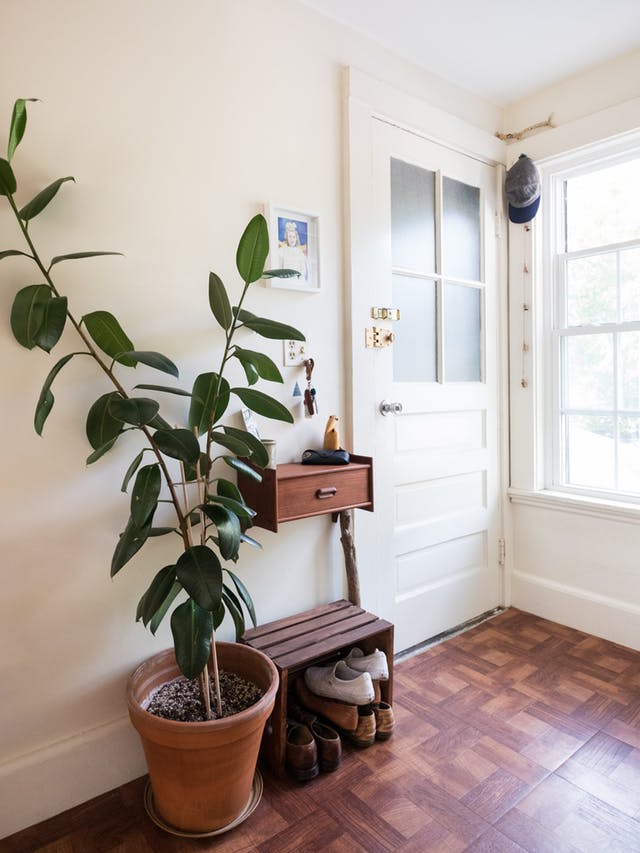
This popular indoor plant is great for purifying the air of toxins. While other plants need direct sunlight, the rubber plant prefers indirect sunlight. Thus, use a sheer curtain for your windows before placing the plant near them. Keep the foliage moist using a damp cloth or by lightly spraying them. Reduce the water if discoloration occurs.
Here is a video of taking care of a rubber plant:
4. Snake Plant

While other plants provide oxygen in the daytime, the snake plant does so at night. It also sucks in carbon dioxide when the sun is out, so it’s best to place this indoor plant in your bedroom. In fact, they will thrive if they only get indirect light. The snake plant should be grown using a free-draining potting mix to avoid rot. In addition, pick a terracotta pot since these quickly get rid of standing water.
5. Spider Plant
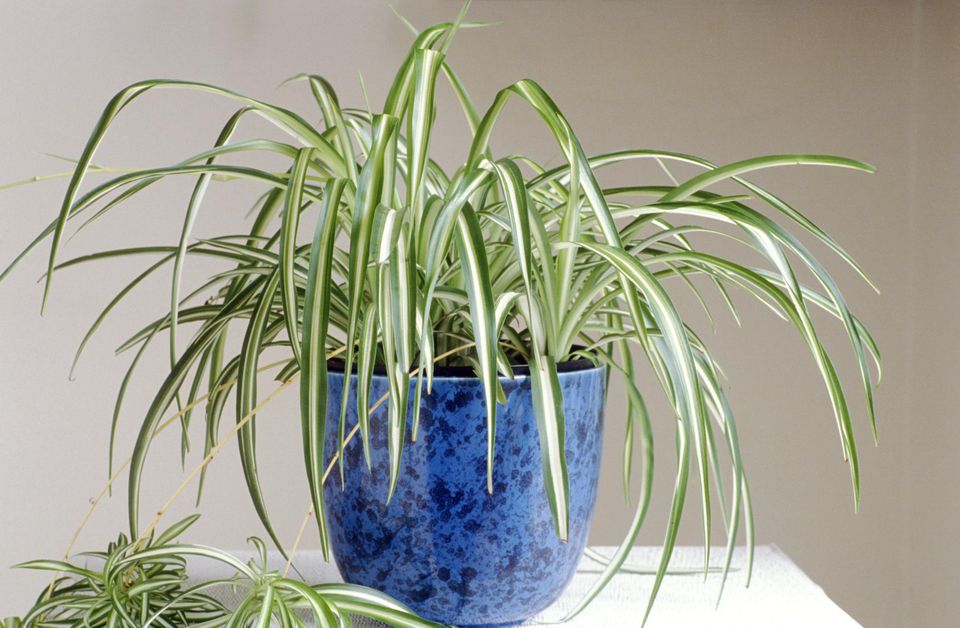
Some of the air pollutants spider plants can take care of include carbon monoxide, xylene, and benzene. These indoor plants are characterized by their slender stems and tiny white blossoms. Just like the rubber plant and the snake plant, the spider plant thrives in indirect light. Avoid placing them in full sunlight at all costs. Furthermore, wait for the upper half of the soil to be dry before you irrigate the plant again.
6. Philodendron

Inhaling too much xylene in the air could lead to skin and eye irritations. Thankfully, the philodendron flowering plant is known to absorb this. Philodendrons will thrive in partial shade, but they also need bright yet indirect light. Mist the plants regularly to sustain the moisture and use a loose potting mixture rich in organic matter. You should also apply a liquid fertilizer every week at the start of its growth period.
7. Bamboo Palm
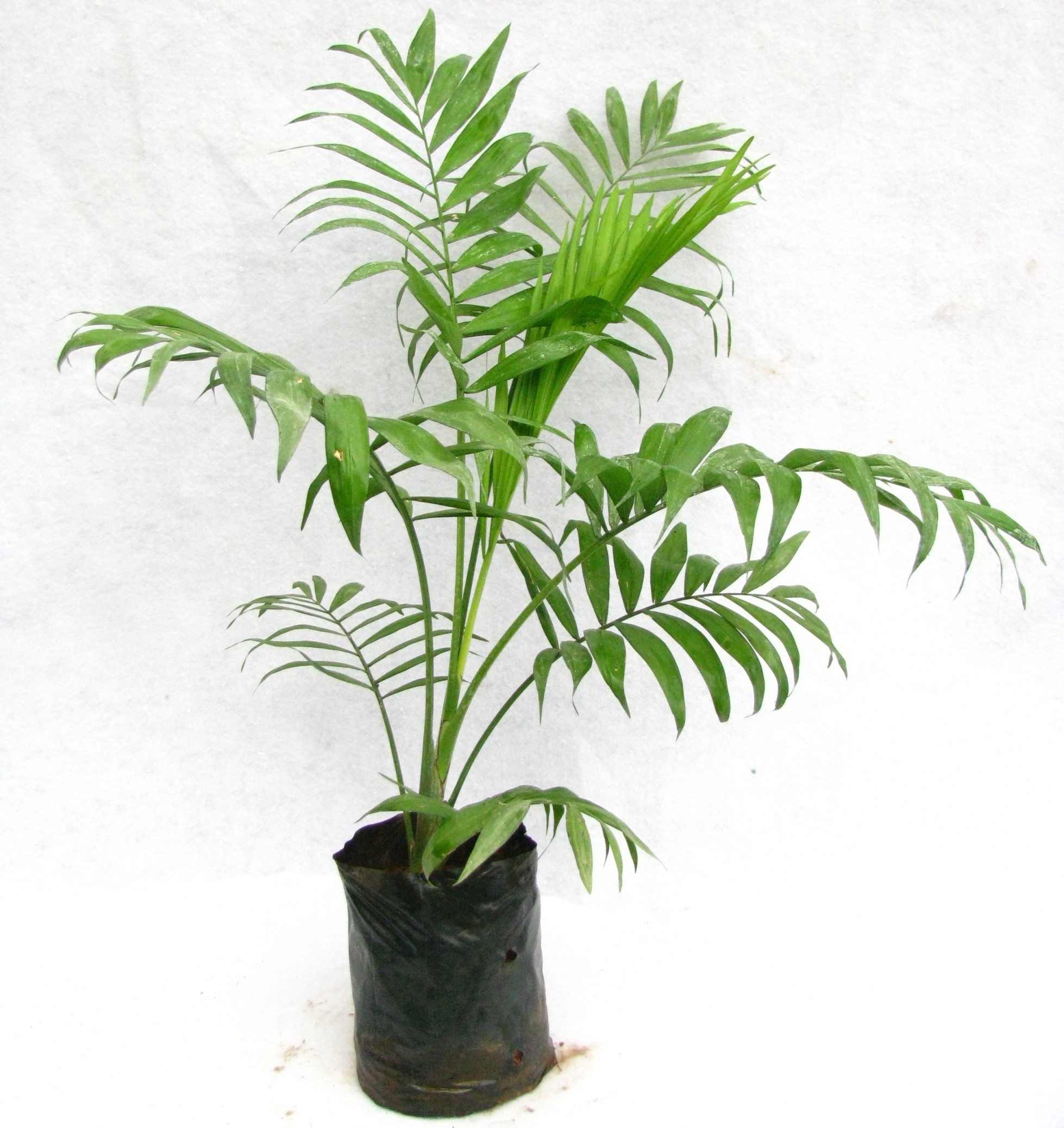
This household plant clears the air with ease as it can even remove benzene and trichloroethylene. Bamboo palms are best grown near a south-facing window with a sheer curtain. They need indirect sunlight to produce enough foliage. Water the bamboo palm to sustain moisture. However, you can let the soil turn dry first before irrigating during the winter season.
8. English Ivy
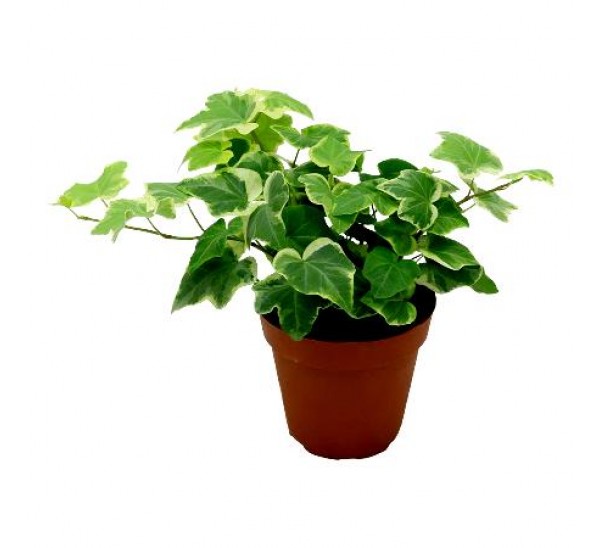
The English ivy is capable of removing formaldehyde from the surrounding air. It prefers a relatively cool temperature ranging from 10 to 21 degrees Celsius. The potting soil should remain moist except during the winter when it can be a bit dry. Consequently, the English ivy prefers bright and fluorescent light instead of direct sunlight.
9. Aloe Vera
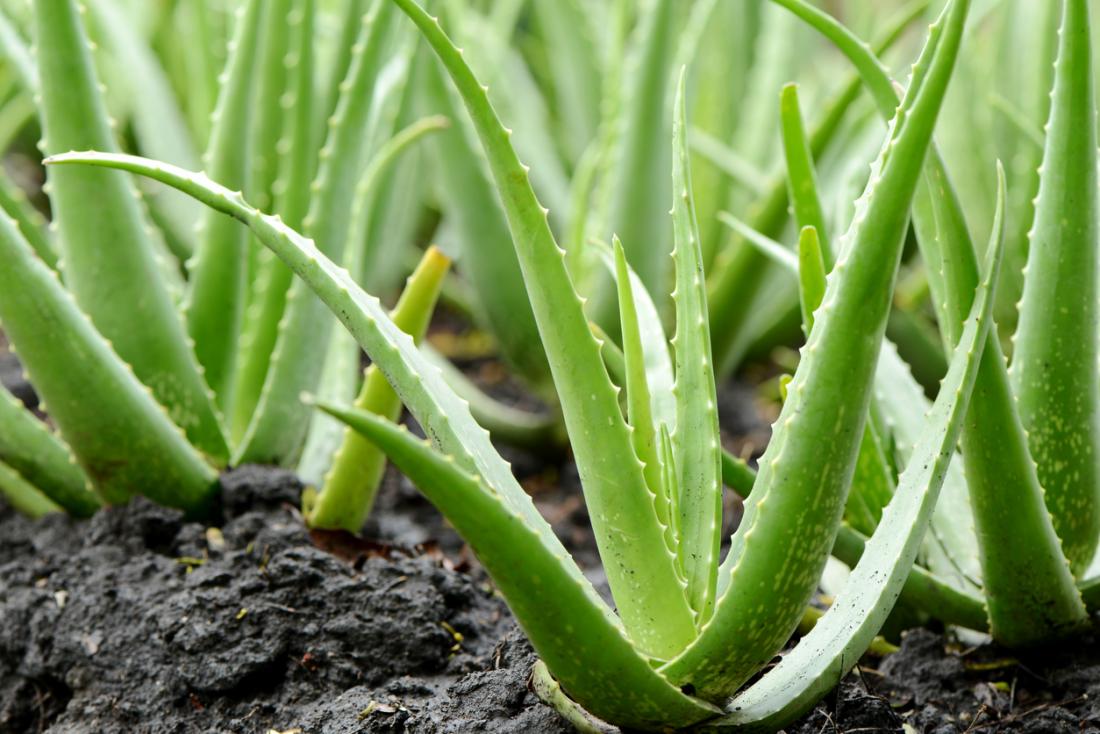
The aloe vera gel is popular for treating skin inflammations, acne, and cuts. Even without the gel, the aloe vera plant itself helps clean the air and it can be a nifty indicator of air pollution. You see, the foliage develops brown parts if there are too many toxic chemicals in the surrounding air. Therefore, this sunlight-loving succulent is undoubtedly the best stress reliever out there.
In conclusion, there are simple ways to relieve stress at home. Choosing a variety of houseplants can cleanse the air of toxic chemicals. You can definitely relax better with cleaner air and green foliage around your home. If you have any queries, feel free to send us a comment.




